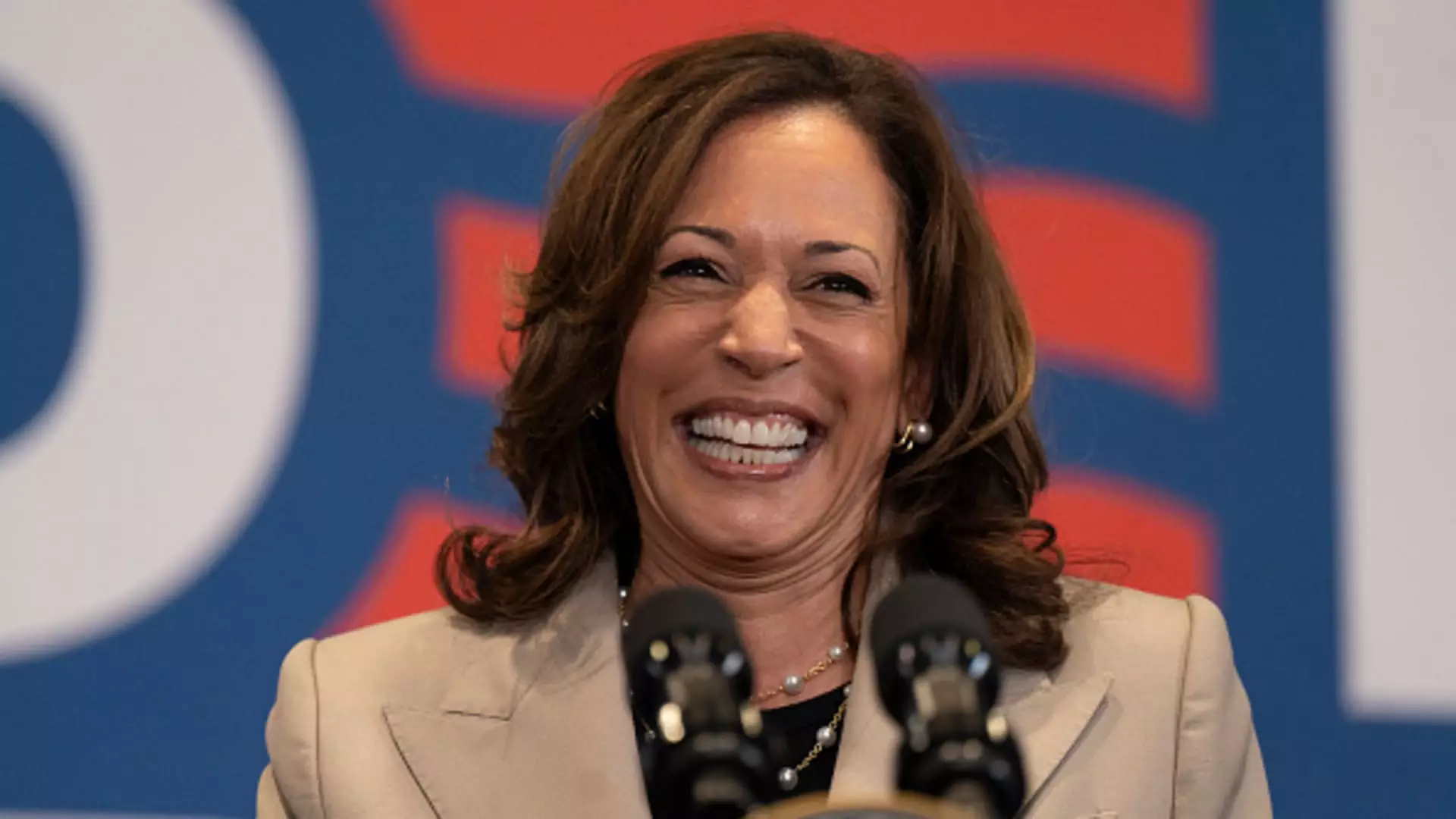As the frontrunner for the Democratic nomination following President Joe Biden’s withdrawal from the election, Vice President Kamala Harris is under scrutiny for her tax policy proposals. While Harris has not provided a detailed outline of her economic agenda, experts suggest that her vision may align closely with Biden’s plans. This could involve increased taxes on the wealthy and corporations, a theme that has been central to Biden’s proposals.
Before her campaign ended in December 2019, Harris had already shared many of Biden’s key priorities and distinct proposals. Despite not revealing her complete economic agenda, Harris’s overarching goals seem to be in line with the direction that Biden had charted. Garrett Watson, a senior policy analyst, suggests that Harris would likely be “largely on board” with Biden’s agenda, especially when considering the broader picture.
If Harris were to become the Democratic nominee and leverage the existing infrastructure and staff from the Biden campaign, she might face limitations in diverging from the direction set by Biden. This could restrict her ability to adopt entirely new strategies or approaches to tax policy. The extent to which Harris can introduce novel ideas remains uncertain, given the groundwork laid out by the Biden campaign.
Policy experts anticipate that tax issues, especially in light of expiring tax breaks post-2025, will be a critical area for Harris to address. The Tax Cuts and Jobs Act (TCJA) passed during former President Donald Trump’s tenure brought about temporary changes, including lower federal income brackets and increased child tax credits. While Trump aims to extend these provisions fully, Biden has proposed renewing tax breaks only for those earning under $400,000.
During the 2020 campaign, one of Harris’s key proposals was the Middle Class Act, offering refundable tax credits to single filers and married couples. However, the Biden administration has been more focused on expanding the child tax credit as a means of supporting families. This shift in focus may prompt Harris to prioritize enhancing the child tax credit, building upon the achievements of the American Rescue Plan in reducing child poverty rates.
The recent expansions in tax credits, particularly the child tax credit, have had a tangible impact on reducing child poverty rates in the country. The American Rescue Plan elevated the maximum tax break for children and initiated monthly payments to families, resulting in a historic low in child poverty rates. However, following the expiration of pandemic relief measures, childhood poverty rates surged once again, highlighting the critical role of tax policies in addressing social welfare issues.
Vice President Kamala Harris’s tax policy approach, while building on some of the foundations laid out by President Joe Biden, may introduce new elements to tackle key economic challenges. As Harris navigates the intricacies of tax policy formulation, balancing the need for revenue generation with social welfare priorities will be paramount in shaping the future fiscal landscape.

